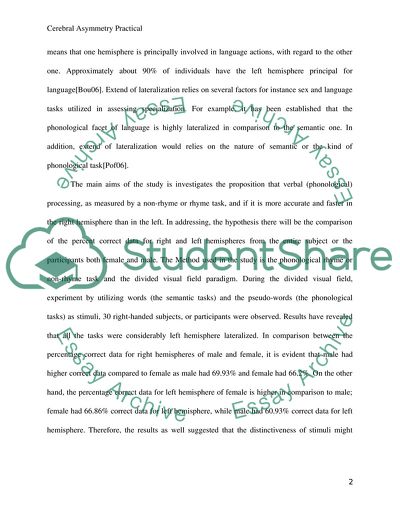Cite this document
(Cerebral Asymmetry Practical Research Paper Example | Topics and Well Written Essays - 1500 words, n.d.)
Cerebral Asymmetry Practical Research Paper Example | Topics and Well Written Essays - 1500 words. https://studentshare.org/psychology/1875821-practical-report
Cerebral Asymmetry Practical Research Paper Example | Topics and Well Written Essays - 1500 words. https://studentshare.org/psychology/1875821-practical-report
(Cerebral Asymmetry Practical Research Paper Example | Topics and Well Written Essays - 1500 Words)
Cerebral Asymmetry Practical Research Paper Example | Topics and Well Written Essays - 1500 Words. https://studentshare.org/psychology/1875821-practical-report.
Cerebral Asymmetry Practical Research Paper Example | Topics and Well Written Essays - 1500 Words. https://studentshare.org/psychology/1875821-practical-report.
“Cerebral Asymmetry Practical Research Paper Example | Topics and Well Written Essays - 1500 Words”. https://studentshare.org/psychology/1875821-practical-report.


